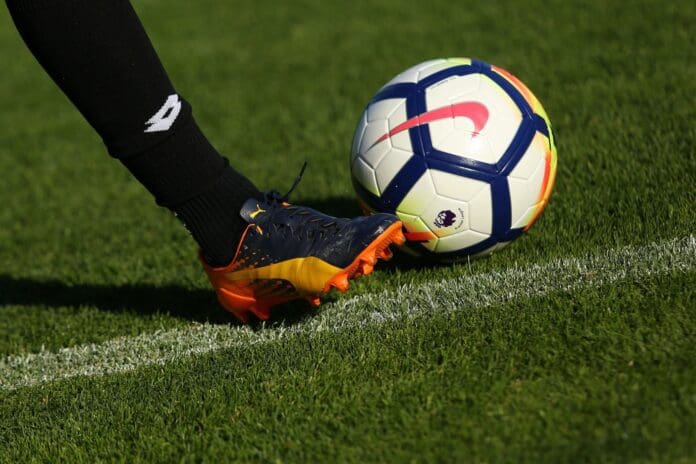Football, often dubbed ‘the beautiful game’, is a sport that has continually evolved, both in its style of play and tactical approaches. Over the decades, we’ve witnessed numerous shifts in how teams approach the game, with certain team strategies even influencing the football betting markets.
Two of the most influential tactical philosophies of the modern era are Tika-Taka and Gegenpressing. In this article, we explore these tactics and how football has transformed over the years thanks to these new styles of play.
The rise of Tika-Taka
Tika-Taka, characterised by short, precise passes and maintaining possession, is a style that became synonymous with Spanish football, particularly under the management of Pep Guardiola at Barcelona.
While its roots can be traced back to Johan Cruyff’s influence at Barca, it was under Guardiola from 2008 to 2012 that Tika-Taka truly flourished.
Key elements of Tika-Taka
- Possession-based play: The core idea of Tika-Taka is to control the game by dominating possession. Teams employing this tactic aim to pass the ball continuously, wearing down the opposition and waiting for openings.
- Short passes and movement: This style relies on short, quick passes and constant movement of the ball to create spaces. Players are trained to think several steps ahead, ensuring that there is always a passing option available.
- Technical proficiency: Tika-Taka requires players with high technical skills, as the margin for error in passing and ball control is minimal. Midfielders like Xavi, Andres Iniesta, and Sergio Busquets were pivotal in executing this strategy flawlessly.
- Positional play: Maintaining a structured formation is essential. Players need to understand their roles and positions thoroughly, ensuring that the team maintains its shape both in attack and defence.
Impact on football
Tika-Taka not only brought immense success to Barcelona, including multiple La Liga titles and UEFA Champions League victories but also influenced Spain’s national team.
Spain’s dominance in international football, marked by winning the 2010 World Cup and the 2008 and 2012 European Championships, was built on the principles of Tika-Taka.
This philosophy spread beyond Spain, influencing clubs and national teams worldwide. However, its emphasis on possession and patience also led to criticisms, with some arguing that it could be overly cautious and less direct.
The emergence of Gegenpressing
As football continued to evolve, so did the counter-tactics to possession-based play. Gegenpressing, or counter-pressing, emerged as a prominent strategy, primarily popularised by Jürgen Klopp during his tenures at Borussia Dortmund and later Liverpool.
Key elements of Gegenpressing
- Immediate pressure: The cornerstone of Gegenpressing is the idea of immediately pressing the opposition after losing possession. The aim is to win the ball back as quickly as possible, often within seconds.
- High intensity and fitness: This style demands high levels of physical fitness and intensity. Players must be able to press relentlessly and sustain high energy levels throughout the match.
- Compactness: Teams employing Gegenpressing stay compact, reducing the space available for the opposition to exploit. This compactness ensures that once the ball is lost, multiple players can quickly surround the opposition ball carrier.
- Quick transitions: Upon winning the ball back, Gegenpressing teams aim to transition swiftly from defence to attack, catching the opposition off-guard and exploiting any defensive disorganisation.
Impact on football
Gegenpressing revitalised teams like Borussia Dortmund and Liverpool, bringing them significant success. Klopp’s Liverpool, in particular, became renowned for their high-octane football, culminating in a Champions League win in 2019 and a Premier League title in 2020.
This approach has influenced many managers and teams across Europe. The emphasis on high-intensity pressing and quick transitions has become a staple in modern football, offering an effective counter to possession-heavy tactics like Tika-Taka.
—
From the intricate passing of Tika-Taka to the relentless pressure of Gegenpressing, football’s tactical landscape has seen significant transformations.
These styles reflect broader trends within the sport and demonstrate how football is a game of continuous evolution.
As new tactics emerge and existing ones are refined, the beautiful game remains as captivating and dynamic as ever.






